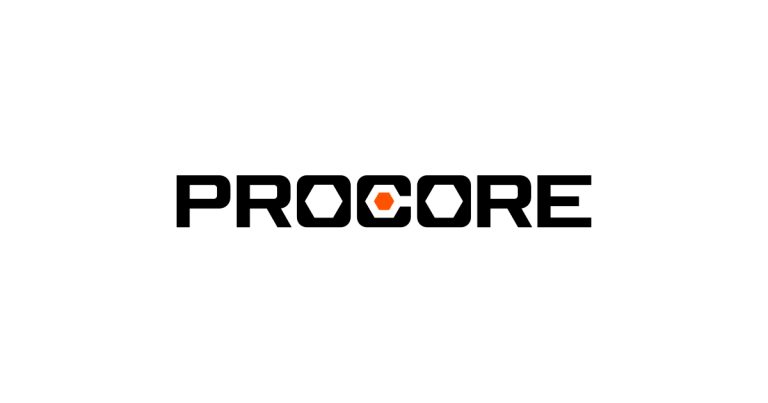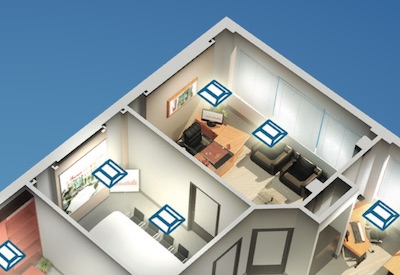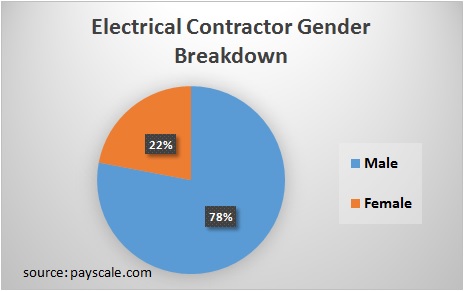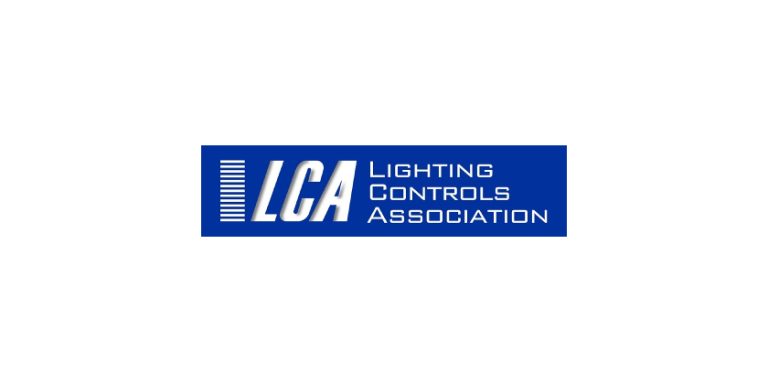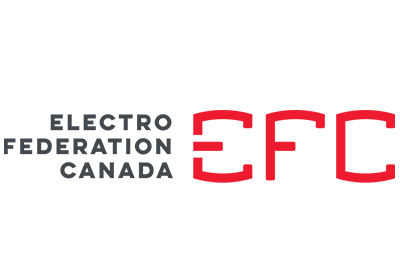Value of Building Permits Rose 15.5% in February

April 13 2016
Municipalities issued building permits worth $7.4 billion in February, up 15.5% from January. This growth followed a 9.5% decline the previous month and largely resulted from higher construction intentions for commercial buildings in Alberta, single-family dwellings in Ontario, and institutional structures in Quebec. The value of residential building permits increased 5.0% to $4.2 billion, following a 12.7% decrease the previous month. Advances were registered in five provinces, led by Ontario, with Alberta a distant second. British Columbia reported the largest decline in the residential sector.
Municipalities issued $3.2 billion worth of non-residential building permits in February, up 33.1% from January. Gains were reported in every province except New Brunswick and Nova Scotia. Alberta and Quebec posted the largest increases in non-residential building construction projects. Higher construction intentions for commercial and institutional buildings largely explained the gain.
Residential sector: Higher construction intentions for single-family dwellings
The value of permits for single-family dwellings increased 9.6% to $2.4 billion in February, ending a string of six consecutive monthly declines. Gains were reported in five provinces, led by Ontario, up 34.2% from January. Quebec, Alberta and British Columbia posted the largest decreases.
Construction intentions for multi-family dwellings edged down 0.6% to $1.8 billion in February, a second consecutive monthly decline. Decreases were posted in five provinces, led by British Columbia, Nova Scotia and Manitoba. The largest gains were recorded in Alberta and Quebec.
Municipalities approved the construction of 16,005 new dwellings in February, up 2.2% from the previous month. The advance resulted from single-family dwellings, which were up 10.5% to 6,105 new units. Multi-family dwellings were down 2.4% to 9,900 new units.
Non-residential sector: increased commercial and institutional construction intentions
Construction intentions for commercial structures were up 56.6% to $2.0 billion in February, their highest value since May 2007. Higher construction intentions for recreational facilities, retail complexes and office buildings contributed the most to the advance at the national level. Gains were posted in seven provinces, led by Alberta, with Ontario a distant second.
The value of permits for institutional buildings was up 18.7% to $680 million in February, ending a string of three consecutive monthly declines. The increase resulted mostly from higher construction intentions for nursing and retirement homes, educational institutions, and other government buildings. Gains were reported in four provinces, led by Quebec and Alberta. Ontario had the largest decline.
In the industrial component, the value of building permits declined 8.4% to $483 million in February, following a 32.2% advance the previous month. Lower construction intentions for utility and transportation-related buildings were responsible for much of the decrease. The decline in Alberta more than offset the advances posted in six provinces. The largest increases were reported in British Columbia and Manitoba.
Provinces: Alberta, Ontario and Quebec post the largest gains
The total value of building permits was up in seven provinces in February, with Alberta posting the largest advance, followed by Ontario and Quebec.
In Alberta, the value of building permits was up 47.7% to $1.6 billion in February, following a 4.4% decline the previous month. Higher construction intentions for commercial buildings, institutional structures and multi-family dwellings were the reasons for the advance.
The value of building permits in Ontario was up 11.4% to $2.8 billion in February, following a 10.8% decline in January. The advance was largely the result of higher construction intentions for single-family dwellings, which were up 34.2% to $1.1 billion, and commercial buildings, which increased 33.1% to $617 million in February.
In Quebec, the value of building permits was up 19.5% to $1.2 billion in February, following an 11.0% decline the previous month. The gain was led by higher construction intentions for institutional structures, commercial buildings and multi-family dwellings. Single-family dwelling construction was the lone component to post a decline in the province.
Higher construction intentions in most census metropolitan areas
In February, the total value of building permits was up in 18 of 34 census metropolitan areas. Edmonton recorded the largest gain, followed by Montreal and Toronto.
In Edmonton, construction intentions reached a record high of $1.1 billion in February, more than double the value of January permits. Commercial building construction intentions led the increase, followed by institutional structures and multi-family dwellings.
In Montreal, the value of building permits increased 30.8% in February, the result of higher construction intentions in all components except single-family dwellings. Institutional buildings and multi-family dwellings reported the largest advances.
Construction intentions in Toronto were up 9.8% in February compared with one month earlier. Higher construction intentions were reported for every component except multi-family dwellings. The advance was led by single-family dwellings and commercial buildings.
Source: Statistics Canada




